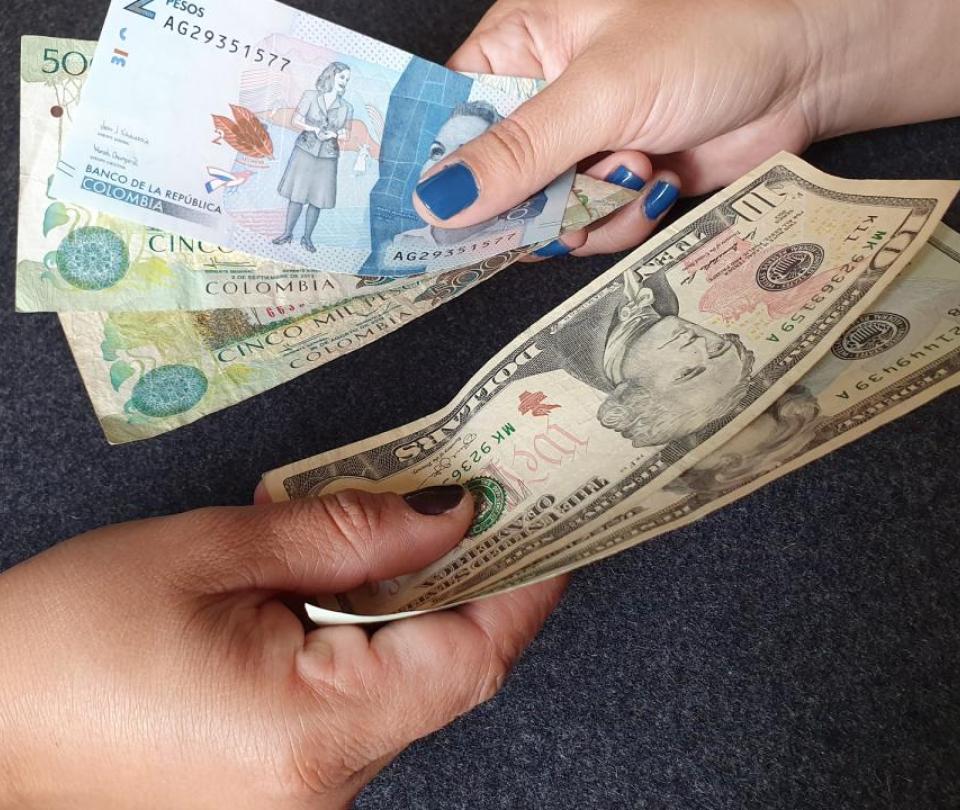There is no doubt that there are always winners and losers when the dollar rises a lot, or also, in this case, when it falls off.
(See: Dollar closed below $4,000 in Colombia).
The first beneficiary is inflation, since imported products become cheaper with a lower exchange rate and this component contributes to lower price growth.
Food, inputs, capital goods, vehicles, spare parts, household appliances, among others, become more affordable and accessible for Colombian companies and consumers.
Foreign tourism that arrives in the country benefits the entire formal and informal chain of which airlines, travel agencies, tour operators, hotels, restaurants, transportation companies, food processors and catering, car rentals and clubs, among others, are part, says Diego Alejandro Blanco, director of investment strategies at Acciones & Values.
(See: Dollar falls below $4,000 ahead of schedule).
Besides, dollar debts can experience some relief that under certain conditions can benefit both individuals and companies and the government.
The net losers in the revaluation of the peso are the exporterswhich will see a lower amount of pesos reflected in their sales.
A similar situation happens with those who receive remittances and money orders from abroad.
In this sense, remittances are expected to grow a little more than 10% this year and reach close to US$10,000 million, which could slightly mitigate the impact of the revaluation.
It is estimated that on average individual remittances per month add up to US$300.
Diego Gómez, exchange specialist at Corficolombiana, assured that more than the event in particular has generated the appreciation of the pesoit seems that the general local context, with the least probability of passing radical reforms in Congress and the possibility of new hydrocarbon exploration contracts have generated the perfect environment for the peso to continue closing the gap that was opened with respect to the regional average. in November and whose penalty is close to 10%, when it reached a maximum of 25%.
(See: Dollar below $4,000: what brought it to that price?).
BRIEFCASE








![[Img #74675]](https://thelatestnews.world/wp-content/uploads/2024/12/They-discover-a-new-class-of-X-ray-sources-in-the-150x150.jpg)



